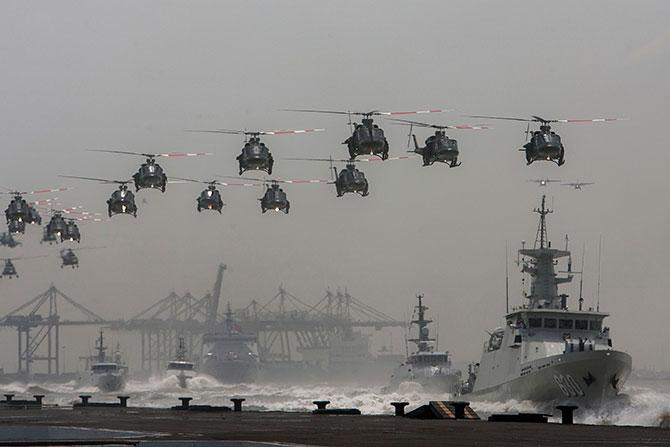
Joko Widodo’s global maritime axis, the central foreign policy pillar of the new presidential administration, is a good thing – at least in theory. After all, attempting to protect Indonesia’s sovereignty, boost its maritime defenses, tackle regional piracy, improve the country’s infrastructure and enhance connectivity within Indonesia, among other things, are all worthy goals.
Combined, these goals can strengthen Indonesia’s national identity, its security, economy and even its soft power, all of which can elevate the country’s status and position in the world.
But when we move from theory to practice – actually implementing the axis policy – the story gets a bit murky. Putting the policy into place in the real world naturally sparks consequences, at both the regional and international levels. Some of these consequences are good and some are not so good, no matter how well intended the policy and its creators and proponents might be.
Because the global maritime axis is not a clear-cut win for Indonesia, it is incumbent upon Indonesian officials and citizens to recognize and understand its foreign policy implications. If they do, Indonesians will be well positioned to determine whether the axis is worth the resources or should be scrapped or refined, and how to prepare for potential regional and global responses.
This essay aims to push the dialogue on the global maritime axis forward, and in particular discuss and analyze its foreign policy merits.
Let’s start with Indonesia’s backyard in Southeast Asia and the Asia Pacific. Better maritime capabilities could go a long way toward helping Indonesia to problem solve, both individually and collectively, a host of issues in its backyard. And in particular, it could strengthen Asean’s own ability to act, which is important considering that the regional grouping has been criticized by some observers as more of a talk shop than an actual results-oriented body.







%20resized.png)
